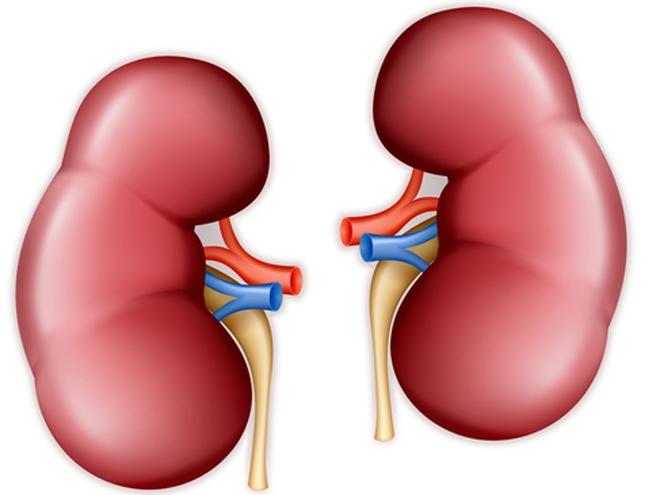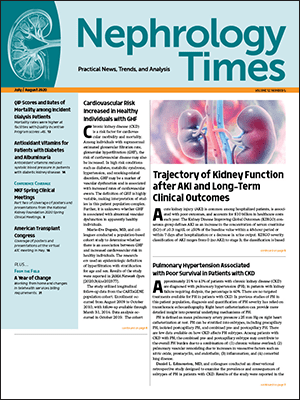
The Cure Glomerulopathy Network (CureGN) is a multi-center, prospective, observational study of patients with primary glomerular disease. According to Natasha Freeman, MD, and colleagues at the Columbia University Roy and Diana Vagelos College of Physicians and Surgeons, New York, New York, the exclusion from CureGN of patients with a prior history of diabetes “disadvantages a rising proportion of patients with glomerular disease.”
The researchers conducted a study to examine the presentation and outcomes of excluded diabetic patients at the Columbia University site with focal segmental glomerulosclerosis (FSGS) and membranous nephropathy (MN) versus enrolled CureGN patients. Results of the study were reported online in a National Kidney Foundation 2020 Spring Clinical Meetings abstract. The abstract was titled Presentation and Outcomes of Primary Glomerular Diseases in Patients with and without Diabetes Mellitus.
The study matched 48 diabetic subjects with FSGS (n=16) or MN (n=10) treated at Columbia University to 96 age- and disease-matched CureGN controls at the same site. ANOVA, two-sample T-test, and Fischer’s exact test were used to analyze clinical and histopathologic data at presentation; the researchers also examined the rates of progression to end-stage renal disease (ESRD) at 5 years.
At presentation, there was no significant difference in renal function among all groups; in diabetic patients with both FSGS and MN, proteinuria was greater than in the non-diabetic patients. Diabetic patients with MN also had more hematuria (P=.005) and anti-PLA2R negative disease (P=.01).
The presence of diabetic glomerulosclerosis on biopsy among diabetic patients with MN was associated with lower estimated glomerular filtration rate (eGFR) and more chronicity histologically. However, the differences were not seen in diabetic patients with FSGS. Regardless of diagnosis, there was a trend toward higher rates of ESRD in the presence of diabetic glomerulosclerosis (22.7% vs 7.9%; P=.1).
“A history of diabetes is associated with a higher degree of proteinuria at presentation in both FSGS and MN. The presence of concomitant diabetic glomerulosclerosis may be associated with reduced eGFR, more chronicity histologically, and higher rates of ESRD in glomerular disease patients,” the researchers said.
Source: Freeman N, Canetta P, Bomback A. Presentation and outcomes of primary glomerular diseases in patients with and without diabetes mellitus. Abstract of a presentation at the National Kidney Foundation 2020 Spring Clinical Meetings; abstract #345.







 © 2025 Mashup Media, LLC, a Formedics Property. All Rights Reserved.
© 2025 Mashup Media, LLC, a Formedics Property. All Rights Reserved.